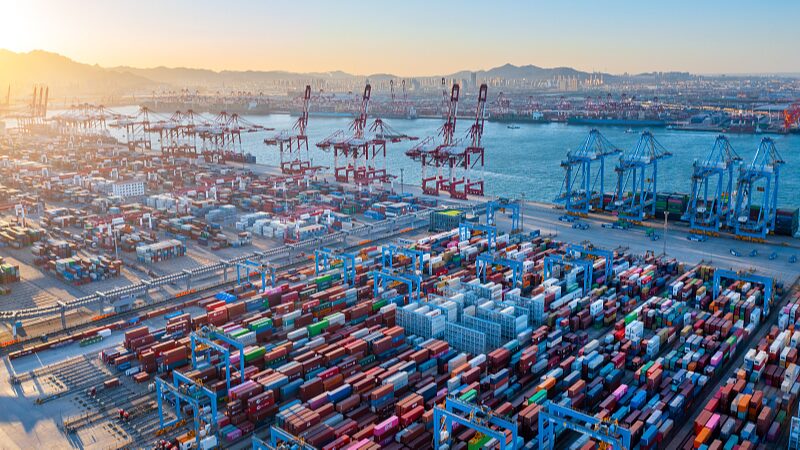China has announced an economic growth target of around 5 percent for 2024, as outlined by Premier Li Qiang during the opening meeting of the second session of the 14th National People's Congress (NPC) at the Great Hall of the People in Beijing.
Premier Li emphasized that the growth target accounts for the necessity to boost employment and incomes, while also addressing potential risks. \"This growth rate is well aligned with the objectives of the 14th Five-Year Plan and the goal of basically realizing modernization,\" Li stated. He highlighted that the target considers the country's growth potential and favorable conditions, aiming to pursue progress and deliver tangible results.
Stability remains a cornerstone of China’s economic strategy, with Li urging localities and government departments to implement policies that maintain stable expectations, economic growth, and employment. He cautioned against measures that could be contractionary or inhibitory, underscoring the importance of a balanced approach.
Beyond the GDP target, Premier Li outlined several key development goals for the year, including the creation of over 12 million new urban jobs, maintaining a surveyed urban unemployment rate of around 5.5 percent, and a Consumer Price Index (CPI) increase of approximately 3 percent. Additionally, he emphasized the importance of personal income growth, achieving a basic equilibrium in the balance of payments, increasing grain output to over 650 million tonnes, reducing energy consumption per unit of GDP by about 2.5 percent, and continuing environmental improvements.
Li expressed confidence in China's ability to achieve these objectives, citing the nation’s institutional strengths, vast market, comprehensive industrial system, skilled workforce, and advancing scientific and technological innovation capacity. \"The underlying trend of economic recovery and long-term growth remains unchanged and will not change,\" he assured.
Recognizing the challenges ahead, the premier indicated that the government will enhance counter- and cross-cyclical adjustments through macro policies, continue proactive fiscal and prudent monetary policies, and strengthen coordination among policy instruments while developing new strategies to support sustained growth.
Reference(s):
cgtn.com




